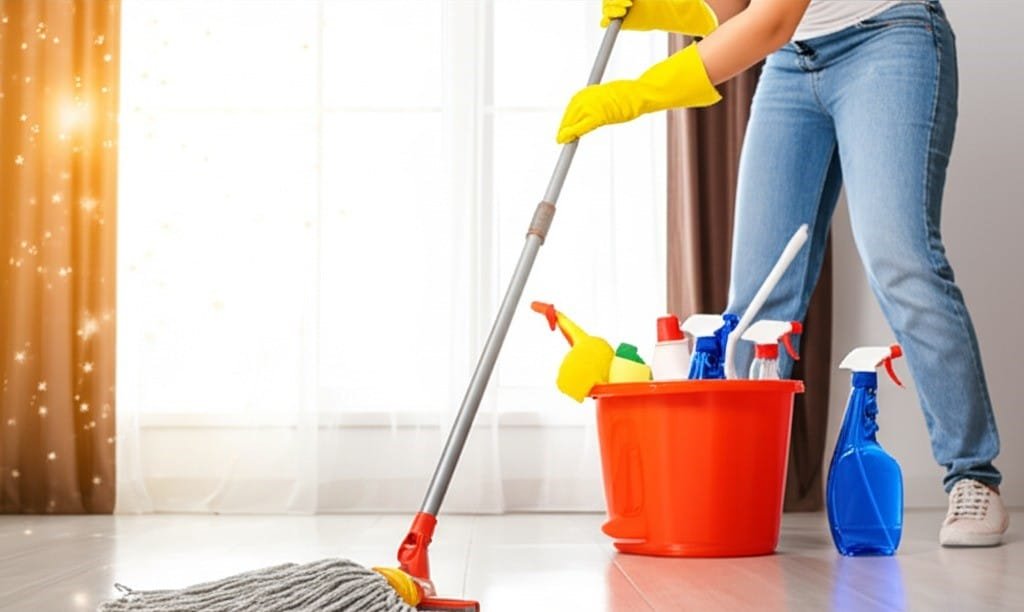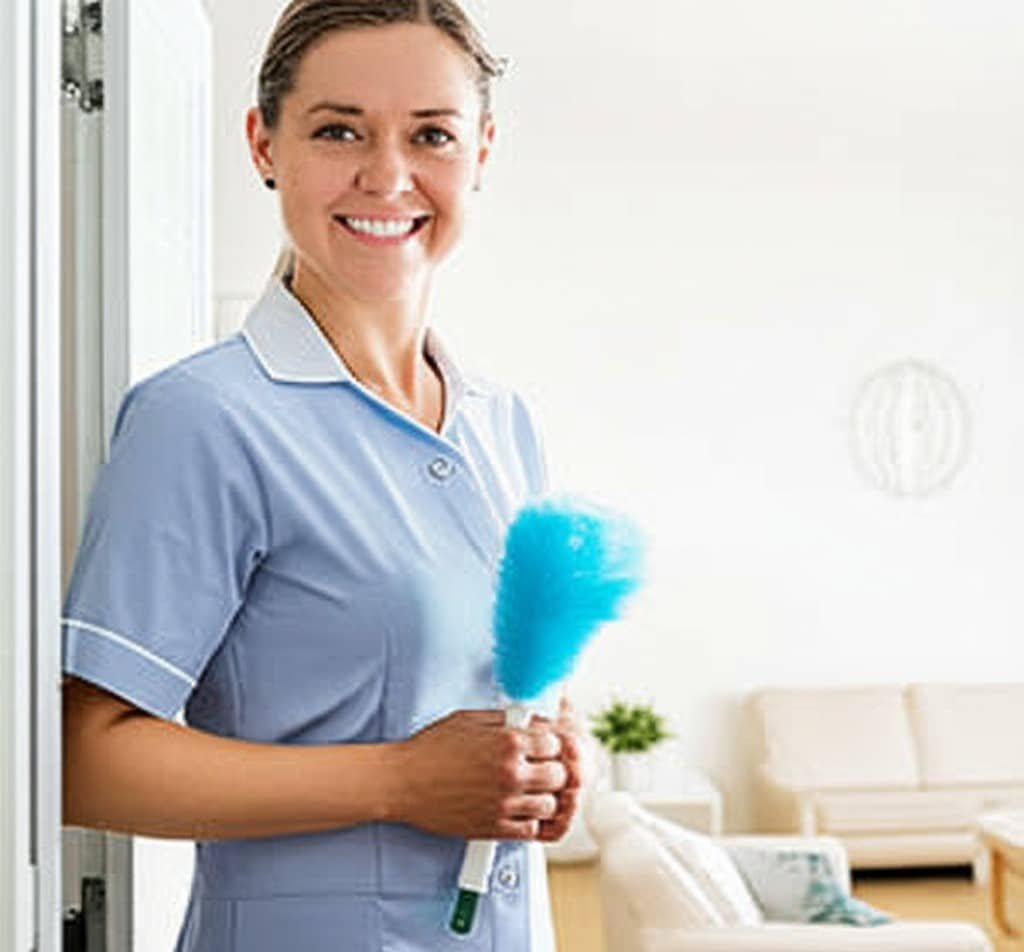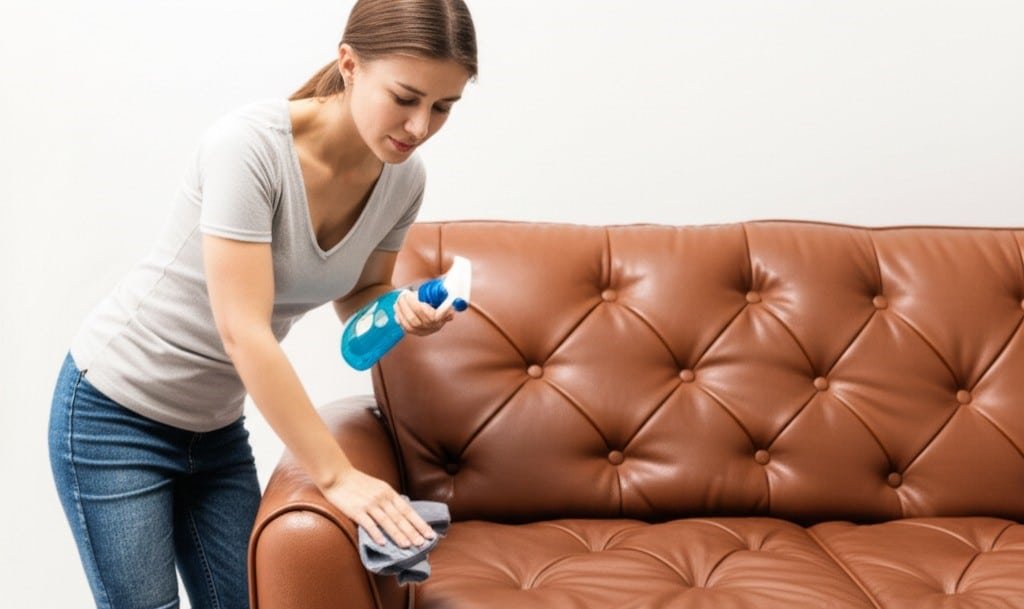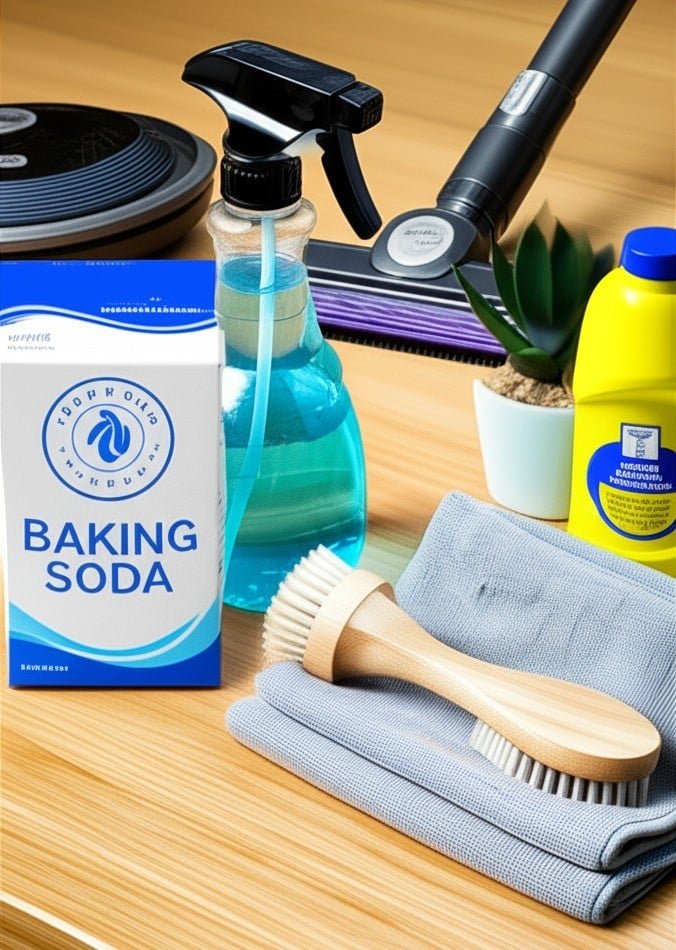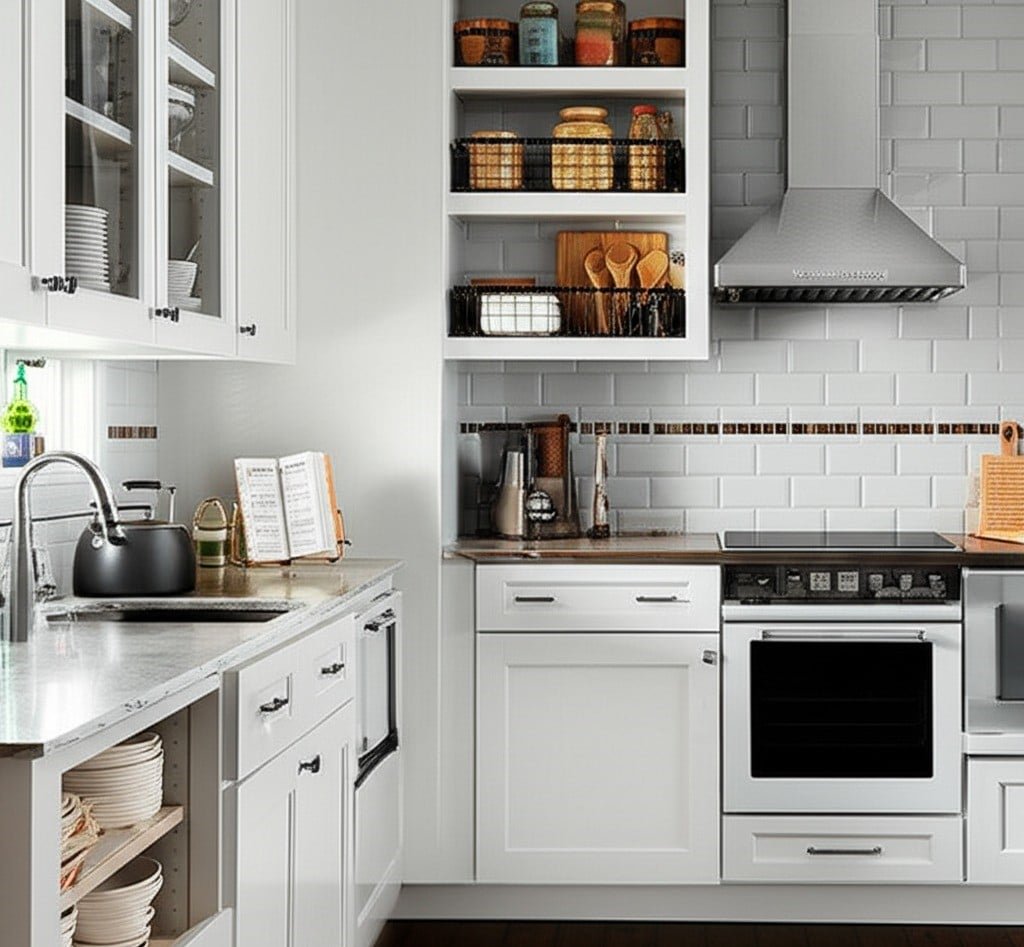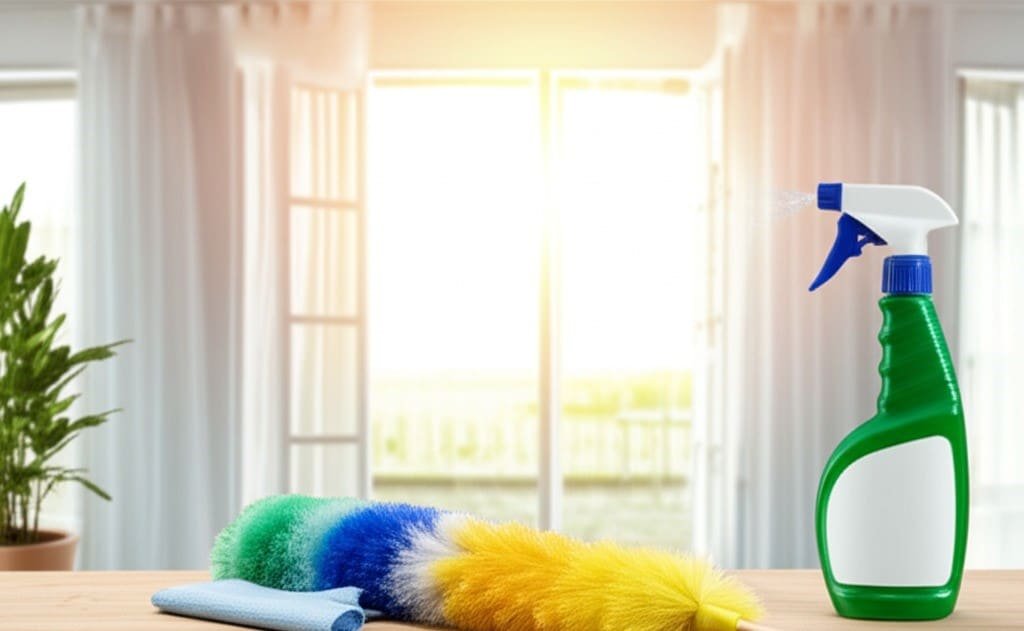How to Choose The Best Airbnb Cleaning Services in Toronto: 5 Key Factors
Professional Airbnb cleaning services in Toronto Shine Cleaning manage the rigorous turnover process, ensuring every unit is flawless for the next arrival. 1.The Turnover The successful operation of a short-term rental hinges on a single, critical process: the turnover. This is not a simple tidy-up; it is a complete, systematic reset of the guest experience. For a property in a world-class city, the standards are exceptionally high, and meeting them consistently is the work of dedicated professionals. The level of detail required to earn five-star reviews is the baseline expectation for the best Airbnb cleaning services in Toronto. Every turnover must transform the property from a lived-in space back to the immaculate condition promised in the listing, a task that demands a rigorous, repeatable system. The smallest oversight, a stray hair, a sticky spot on the counter, can compromise the entire guest stay. This is why hosts who are serious about their business invest in professional Airbnb cleaning services in Toronto. 2.Ventilation The moment a guest departs, the clock begins on the turnover. The first action is to air out the entire unit. All windows and balcony doors are opened to flush out stale air and any lingering odors from cooking or personal fragrances. This simple step creates a neutral, fresh canvas for the cleaning to begin. While the space ventilates, a preliminary walkthrough is conducted. This initial sweep is not for cleaning but for assessment. The crew scans each room for any new damage, such as scuffs on the walls, stains on the carpet, or broken items. Any issues are immediately documented with clear, time-stamped photographs and reported to the host. This documentation is a crucial protective measure and a standard operating procedure for reliable Airbnb cleaning services in Toronto. Concurrently, all used linens are gathered. Beds are stripped completely, and all towels, bathmats, and kitchen cloths are collected and placed in designated laundry bags to prevent cross-contamination and clear the way for efficient cleaning. 3.Details The bedroom is a guest’s sanctuary, and its cleanliness must be absolute. After stripping the linens, the mattress protector and pillows are carefully inspected for any stains or soiling. Maintaining the hygiene of these core items is paramount, and they are laundered or replaced as needed. The mattress itself is thoroughly vacuumed with an upholstery attachment to remove dust, allergens, and skin cells. A fresh, crisp set of linens is then used to remake the bed. This is not just a functional task; it’s a presentation. Sheets must be taut, corners tucked tightly in a hotel-style finish, and the duvet spread perfectly without a wrinkle in sight. This level of precision is a signature of high-quality Airbnb cleaning services in Toronto. All other surfaces in the bedroom are meticulously wiped down, including the headboard, nightstands, and dressers. Drawers and closets are opened, checked for any items left behind by the previous guest, and wiped clean. All picture frames, lamps, and window sills are dusted. Finally, the entire floor is vacuumed, with careful attention paid to the areas under the bed and behind furniture, where debris loves to hide. The consistent execution of these details is what defines professional Airbnb cleaning services in Toronto. Nowhere is cleanliness scrutinized more intensely than in the bathroom. For any reputable provider of Airbnb cleaning services in Toronto, this room is a testament to their thoroughness. The process begins by clearing all surfaces and emptying the trash bin. A powerful, quality disinfectant cleaner is sprayed on the shower, bathtub, toilet, and sink, and it is left to sit for several minutes to effectively dissolve soap scum, grime, and bacteria. The shower and tub are scrubbed wall to wall, with special brushes used for grout lines and around the drain to ensure it is clear of hair. Glass shower doors are cleaned and squeegeed to achieve a flawless, streak-free finish. The toilet is disinfected inside and out, from the bowl and seat to the tank and the entire base down to the floor. The sink basin is scrubbed, the faucet is polished until it shines, and the mirror is cleaned to perfection. The quality of a rental is often judged by its bathroom, a fact that top-tier Airbnb cleaning services in Toronto understand well. Once sanitized, the space is restocked. This is a critical function of comprehensive Airbnb cleaning services in Toronto. Ample toilet paper, fresh hand soap, and full bottles of shampoo, conditioner, and body wash are replenished. A complete set of fresh, professionally laundered towels, bath towel, hand towel, and washcloth per guest, is folded and displayed neatly. The floor is mopped last, and final touches include wiping down light switches, door handles, and the exhaust fan cover. The best Airbnb cleaning services in Toronto leave no surface untouched. 4.Disinfect The kitchen is another high-stakes area where hygiene is non-negotiable. The turnover starts with emptying the refrigerator and freezer of any food left behind. All interior shelves, drawers, and door seals are then wiped clean with a food-safe disinfectant. The exterior of all appliances, including handles, is wiped down and polished. The microwave is checked for splatters and cleaned thoroughly. The oven is inspected for spills, and the stovetop is degreased and scrubbed until it shines. All countertops are cleared of items like the coffee maker and toaster so that the surface underneath can be completely sanitized. The trust that guests place in the property is directly tied to the cleanliness of the kitchen, a responsibility that expert Airbnb cleaning services in Toronto take very seriously. The sink is scoured and disinfected, and the faucet is polished. Cupboards and drawers are spot-checked for cleanliness and organization. All provided dinnerware, glassware, and cutlery are inspected to ensure they are clean and ready for use. A key part of the service provided by Airbnb cleaning services in Toronto is restocking essentials. This includes fresh paper towels, a new sponge or dishcloth, dish soap, and dishwasher pods. The coffee station is cleaned and fully restocked. Finally, the trash and recycling bins are emptied, wiped clean, and relined with fresh bags. The floor
How to Choose The Best Airbnb Cleaning Services in Toronto: 5 Key Factors Read More »



